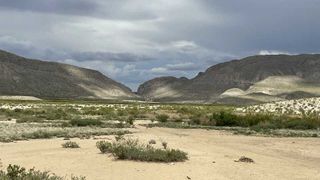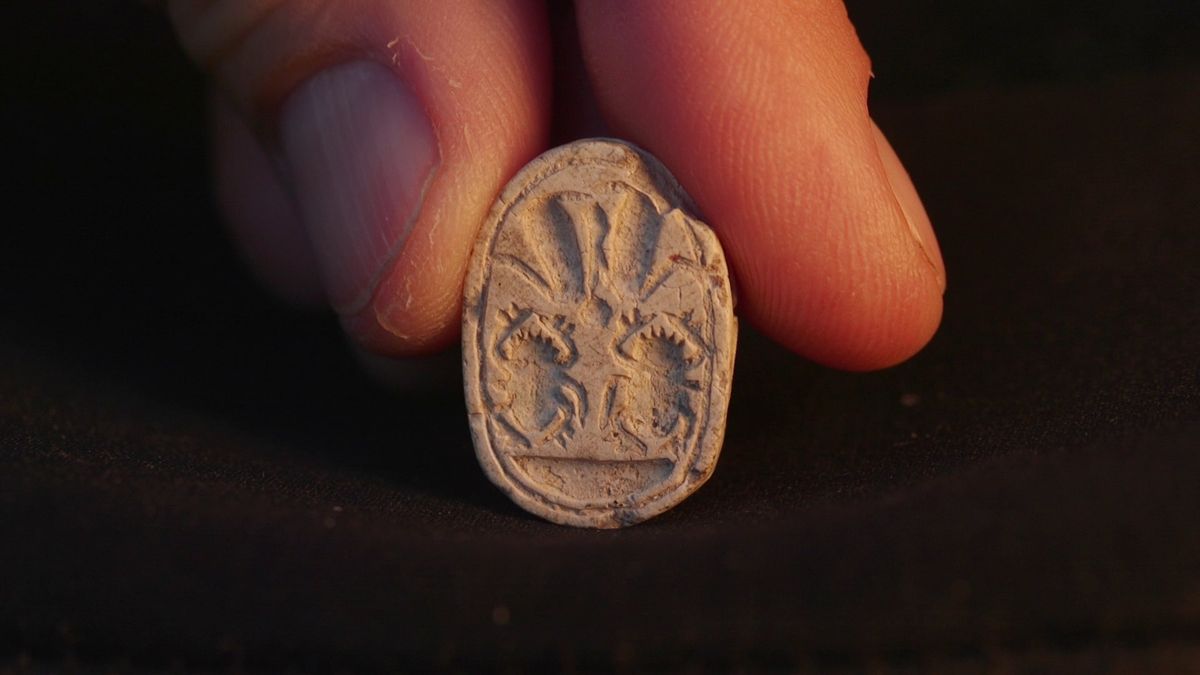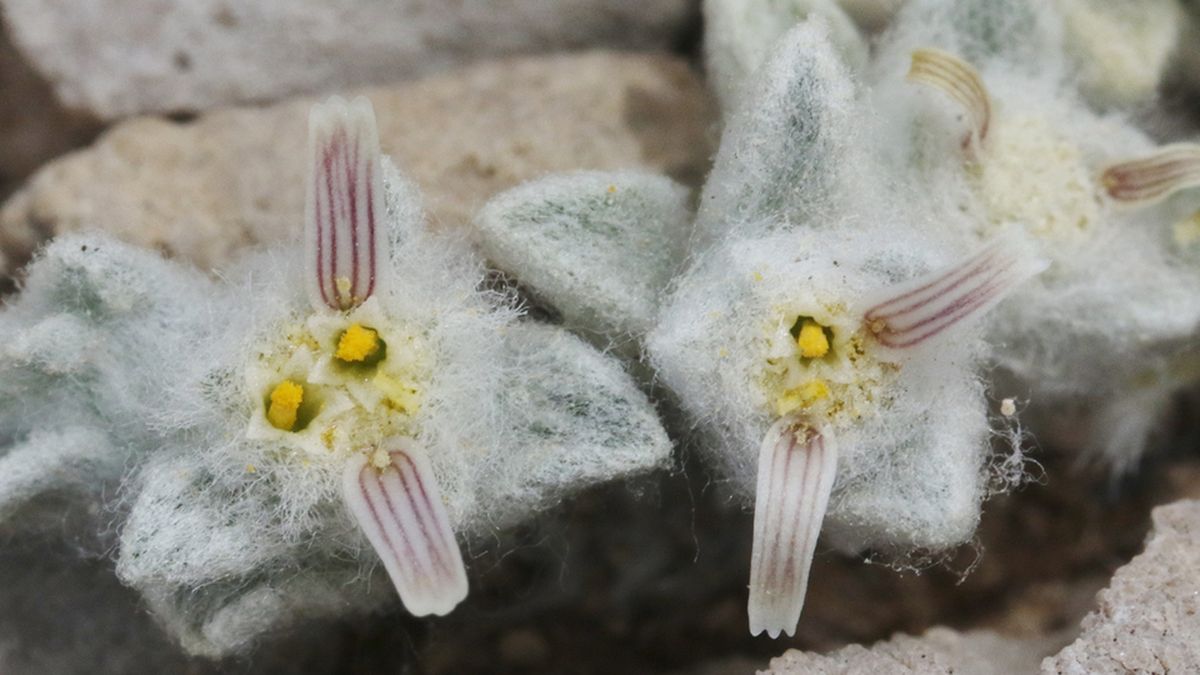While walking in Big Bend National Park in Texas’ Chihuahuan Desert, a park volunteer came across a fuzzy flower that turned out to be a never-before-seen species. The “woolly devil,” as researchers have named it, is in the sunflower family and also represents a new genus.
This is the first time in nearly 50 years that a new plant genus has been described in a U.S. national park, since the discovery of the July gold shrub (Dedeckera eurekensis) in Death Valley National Park in 1976, according to a statement from the California Academy of Sciences.
The new discovery suggests that researchers are far from documenting all of the plant diversity of the Chihuahuan Desert, which covers parts of Mexico and the southwestern U.S.
“While many assume that the plants and animals within our country’s national parks have probably been documented by now, scientists still make surprising new discoveries in these iconic protected landscapes,” Isaac Lichter Marck, a botanist at the California Academy of Sciences and co-author of research describing the new species, said in the statement.
Discovering the woolly devil
In March 2024, the park volunteer, Deb Manley, shared photos of the flowers — which measured 1 to 3 inches (2.5 to 7.6 centimeters) across and were poking out from between desert rocks — to the citizen science platform iNaturalist, where an international community of botanists tried to identify the plant.
Manley and a team of botanists and biologists studied the flower’s characteristics and conducted genetic analyses, comparing its DNA with those of species from herbaria at Sul Ross State University in Texas and the California Academy of Sciences. They confirmed the plant as both a new species and a new genus, and identified it as a member of the sunflower family, according to the research, which was published Feb. 18 in the journal PhytoKeys.
Related: Giant, fungus-like organism may be a completely unknown branch of life
The researchers chose the scientific name Ovicula biradiata. In Latin “ovis” comes from “sheep” and honors the desert bighorn sheep (Ovis canadensis nelsoni), an iconic and threatened desert animal. The plant has white and woolly leaves, with small, curved, red and white flowers that resemble horns. The flowers were found near a part of the park called Devil’s Den, leading the team to name the species the “woolly devil.”
The Chihuahuan Desert is North America’s largest and most biologically diverse warm desert, and Big Bend National Park contains a huge amount of this biodiversity. Many species found in the park have limited distributions, found only within the park or just outside it.

So far, woolly devils are known to exist only in a small area of Big Bend National Park, and the researchers think that, based on its limited range, this plant might be particularly sensitive to changing weather patterns.
This part of the Chihuahuan Desert has faced recent severe drought conditions, and the problem is expected to worsen due to climate change. That means woolly devils could qualify as vulnerable and face a high threat of extinction.
“As climate change pushes deserts to become hotter and drier, highly specialized plants like the wooly devil face extinction,” Lichter Marck said in the statement. “It’s possible that we’ve documented a species that is already on its way out.”




